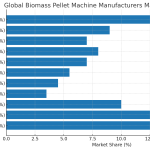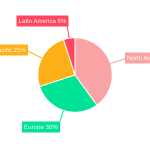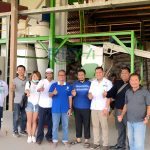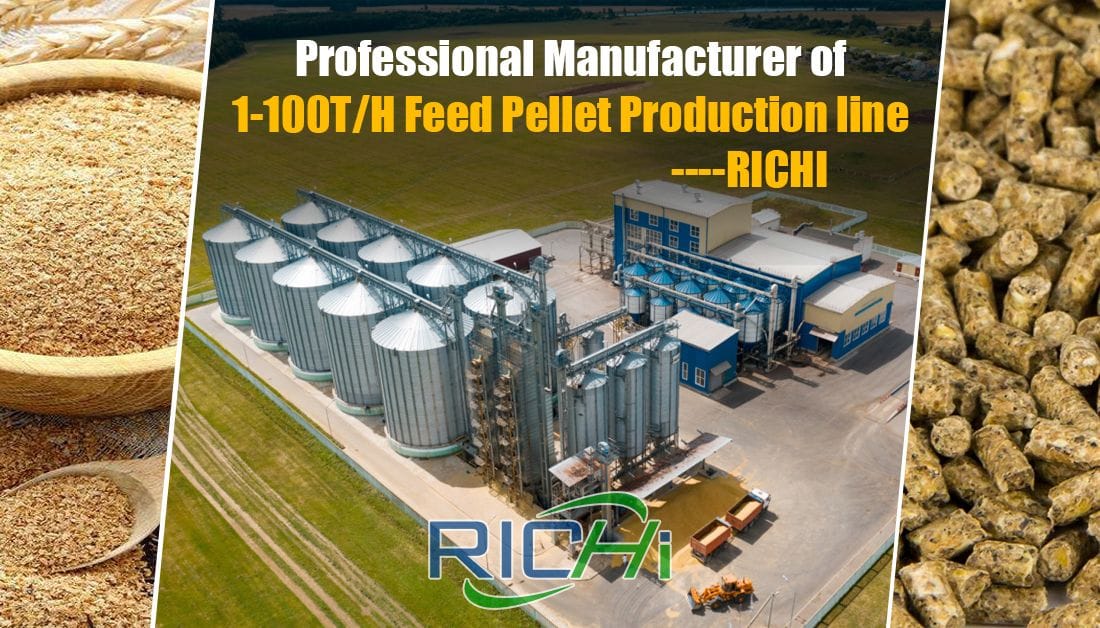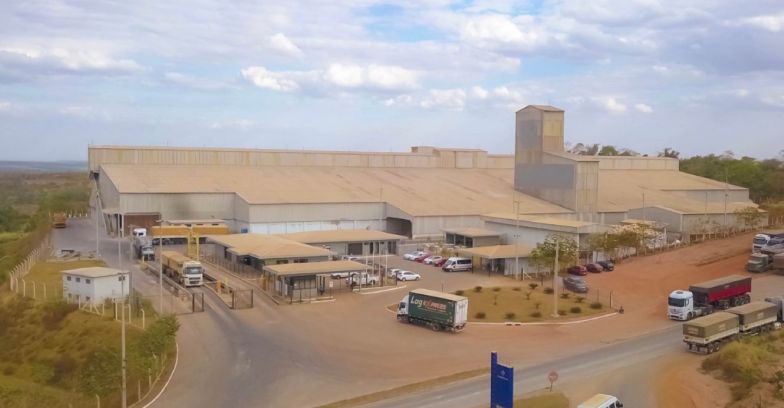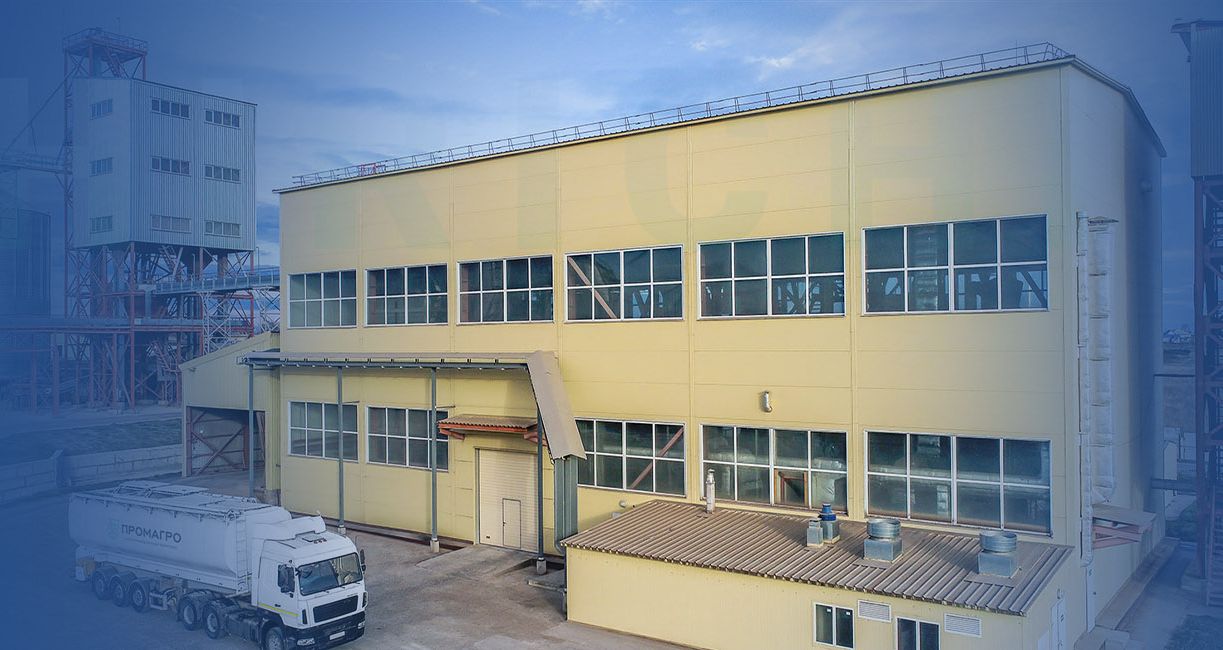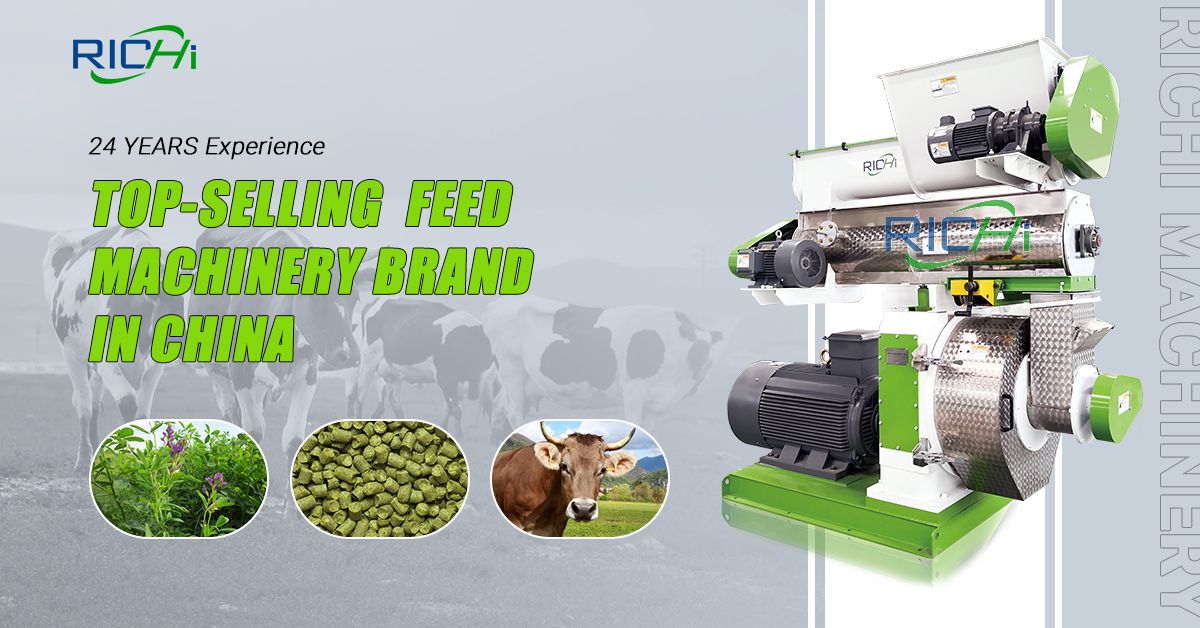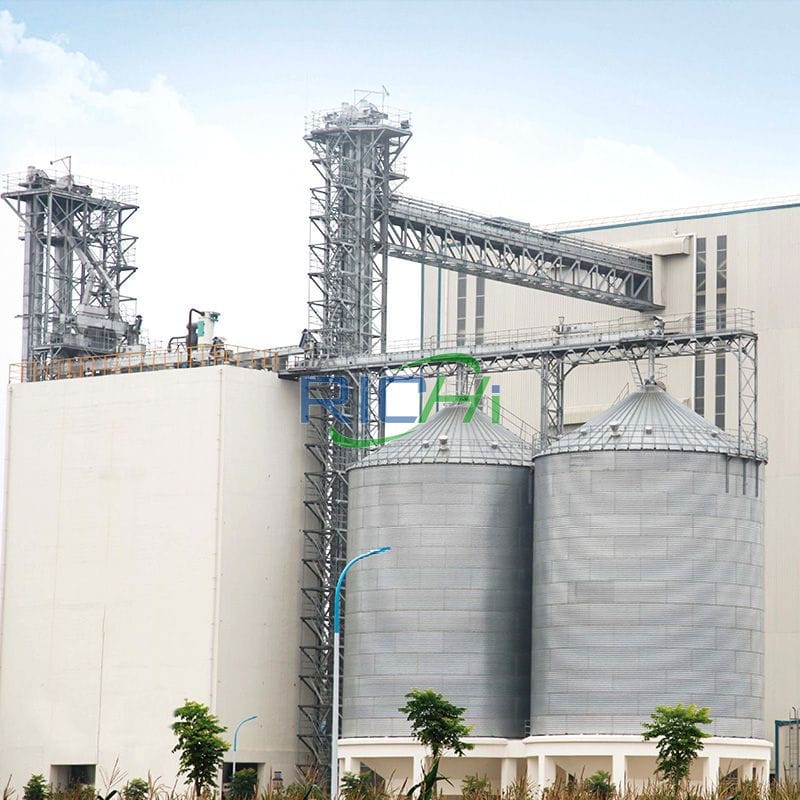As an experienced engineer in the animal feed production industry, I understand the critical role that efficient and reliable production lines play in meeting the growing global demand for high-quality animal feed.
In this article, we will delve into the intricacies of animal feed production lines, exploring their market potential, working principles, and the challenges faced during project implementation.
Additionally, we will highlight the advantages of partnering with a trusted turnkey solution provider, RICHI Machinery, to ensure the success and profitability of your animal feed production operations.
Understanding Animal Feed Production Lines
An animal feed production line is a specialized system designed to manufacture a diverse range of animal feed products in a controlled and efficient manner. These lines are essential for meeting the nutritional requirements of livestock, including poultry, cattle, swine, and aquaculture species, among others.
The primary function of an animal feed production line is to blend and process various ingredients, such as grains, proteins, vitamins, and minerals, into a homogeneous mixture that can be further processed into the desired feed formulation.
Market Analysis and Profit Potential
The global animal feed industry is a multi-billion dollar market, driven by the increasing demand for animal-based products and the need for efficient livestock production.
According to a recent market research report, the global animal feed market is expected to grow from $40.74 billion in 2022 to $53.7 billion by 2030, at a CAGR of 3.5% during the forecast period.The profitability of an animal feed production line is influenced by several key factors, including the scale of operation, raw material costs, energy efficiency, and the ability to cater to specialized market demands.
Larger production lines with higher throughput capacities tend to benefit from better economies of scale, resulting in lower production costs per unit. Additionally, the ability to manufacture customized feed formulations for specific livestock species or production stages can command premium prices in the market, further enhancing the profit potential.
Classification and Working Principle
Animal feed production lines can be classified based on their throughput capacity, ranging from small-scale operations (2-10 tons per hour) to large-scale industrial facilities (60 tons per hour or more). Regardless of the scale, the working principle of these lines involves a series of interconnected processes:
- Ingredient Handling and Storage: Raw materials, such as grains, proteins, vitamins, and minerals, are received, inspected, and stored in dedicated silos or bins to ensure their quality and traceability.
- Grinding and Milling: The raw materials, particularly grains, are ground or milled to achieve the desired particle size, which is crucial for optimal digestibility and feed conversion efficiency.
- Mixing and Blending: The ground ingredients are precisely weighed and mixed in a specialized mixer to create a homogeneous blend, ensuring consistent nutrient distribution throughout the feed.
- Pelleting: The feed mixture is conditioned with steam and then extruded through a die to form pellets. Pelleting improves feed handling, storage, and consumption by livestock, while also enhancing nutrient availability.
- Cooling and Drying: The hot pellets are cooled and dried to prevent spoilage and maintain their structural integrity, ensuring the feed’s shelf life and quality.
- Packaging and Storage: The finished feed is packaged or stored in bulk for distribution and transportation to the end-users, such as livestock farms and aquaculture facilities.
Project Case Studies: Addressing Challenges
When implementing an animal feed production line, various challenges may arise, including program design, site preparation, equipment selection, installation, and after-sales support. Let’s explore a few project case studies that highlight these challenges and the solutions provided by RICHI Machinery.
Case Study 1: 20 Tons per Hour Poultry Feed Line
Challenge: Limited space at the production facility, requiring a compact layout design.
Solution: RICHI Machinery’s engineers conducted a detailed site survey and proposed a modular design with optimized equipment placement, ensuring efficient material flow and accessibility for maintenance. This allowed the client to maximize the utilization of the available space while maintaining the desired production capacity.
Case Study 2: 50 Tons per Hour Cattle Feed Line
Challenge: Stringent quality requirements for feed formulations, necessitating precise ingredient dosing and mixing.
Solution: RICHI Machinery provided advanced weighing and batching systems, along with a high-efficiency ribbon mixer, to ensure consistent feed quality and minimize nutrient segregation. This enabled the client to meet the strict nutritional specifications required for their cattle feed products.
Case Study 3: 60 Tons per Hour Aquaculture Feed Line
Challenge: Handling and processing of delicate ingredients, such as fish meal and oils, without compromising their nutritional value.
Solution: RICHI Machinery implemented a specialized gentle grinding and low-shear mixing system, coupled with a vacuum coating unit for precise application of liquid ingredients. This approach ensured that the sensitive aquaculture feed components were not damaged during the production process, preserving their nutritional integrity.
In each of these case studies, RICHI Machinery’s team of experienced engineers worked closely with the clients to understand their unique requirements, analyze the site constraints, and develop customized solutions that addressed the specific challenges faced.
By leveraging their technical expertise and innovative problem-solving capabilities, RICHI Machinery was able to deliver efficient and reliable animal feed production lines that met the clients’ operational and quality objectives.
Choosing RICHI Machinery as a Turnkey Solution Provider
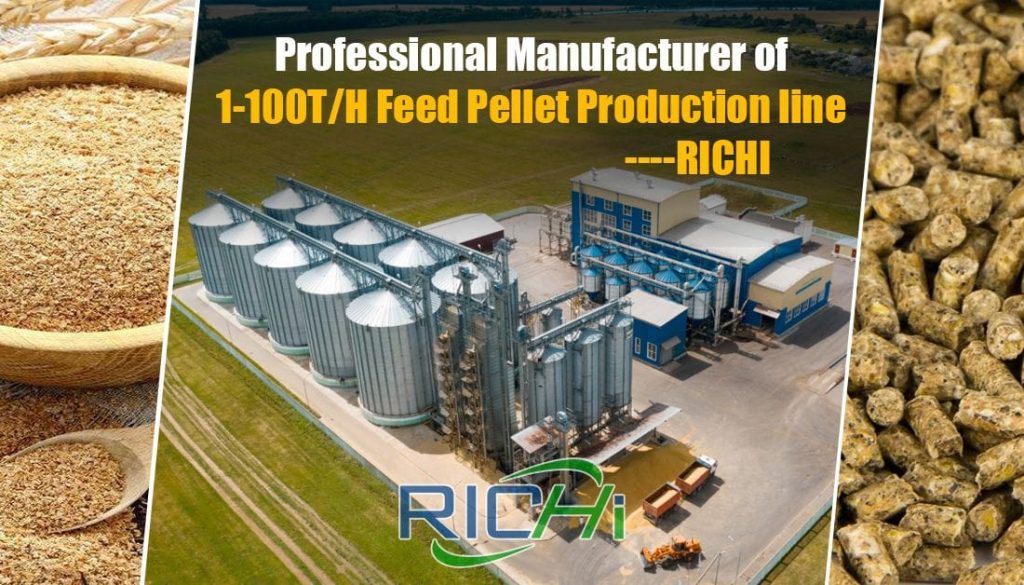
RICHI Machinery is a leading manufacturer and turnkey solution provider for animal feed production lines, with a proven track record of delivering successful projects across the globe. As an experienced engineer, I can attest to the company’s commitment to providing comprehensive and tailored solutions to its clients.
One of the key advantages of choosing RICHI Machinery is their ability to handle every aspect of the project, from initial consultation and design to installation, commissioning, and after-sales support. This turnkey approach ensures a streamlined project execution, minimizing downtime and maximizing the efficiency of the production line.
RICHI Machinery’s customized solutions are a result of their deep understanding of the industry’s requirements and their dedication to engineering excellence. Each animal feed production line is designed and engineered to meet the client’s unique needs, considering factors such as throughput capacity, feed formulations, and operational constraints.
Moreover, RICHI Machinery utilizes advanced manufacturing techniques and premium materials to ensure the durability and reliability of its equipment. Their production lines are also designed with energy-saving features, such as optimized motor sizing and heat recovery systems, which contribute to reduced operational costs and a more sustainable production process.
Comprehensive training and after-sales support are also integral to RICHI Machinery’s offerings. The company provides thorough training for operators and maintenance personnel, ensuring smooth operations and maximizing the lifespan of the equipment.
Additionally, their dedicated service team is available to address any issues or concerns that may arise, ensuring the continuous and efficient operation of the animal feed production line.
By partnering with RICHI Machinery, clients can benefit from a trusted and experienced turnkey solution provider, ensuring the successful implementation and long-term performance of their animal feed production operations.
Frequently Asked Questions
What are the typical raw materials used in animal feed production?
Common raw materials include grains (corn, wheat, soybean meal), protein sources (fishmeal, meat and bone meal), vitamins, minerals, and additives (enzymes, antioxidants). The specific blend of ingredients is carefully formulated by nutritionists to meet the nutritional requirements of the target livestock species.
How is the feed formulation determined?
Feed formulations are developed by animal nutritionists and scientists, who take into account factors such as the livestock’s age, growth stage, production purpose (e.g., meat, milk, eggs), and environmental conditions. The goal is to create a balanced and optimized blend of nutrients that supports the animals’ health, growth, and productivity.
What are the advantages of pelleted feed over mash feed?
Pelleted feed offers several advantages over mash feed, including:
1. Improved feed conversion efficiency: Pelleting increases the digestibility and nutrient availability of the feed, leading to better feed utilization by the livestock.
2. Reduced feed wastage: The compact pellet form minimizes feed spillage and wastage during handling and consumption.
3. Better handling and transportation: Pelleted feed is easier to handle, store, and transport compared to loose mash feed.
4. Increased palatability: Certain livestock species, such as poultry and aquaculture, tend to have a higher preference for pelleted feed, leading to improved feed intake and growth performance.How is the quality of the finished feed ensured?
Ensuring the quality of the finished animal feed involves a comprehensive quality control program that includes:
1. Rigorous testing and inspection of raw materials upon receipt
2. Continuous monitoring of critical process parameters (e.g., temperature, moisture content, particle size)
3. Regular sampling and analysis of the finished feed to verify compliance with nutritional specifications and safety standards
4. Adherence to good manufacturing practices (GMP) and food safety regulationsWhat are the typical maintenance requirements for an animal feed production line?
Proper maintenance is crucial for ensuring the long-term reliability and performance of an animal feed production line. Key maintenance activities include:
1. Scheduled cleaning and lubrication of equipment
2. Replacement of wear parts (e.g., dies, rollers, screens)
3. Calibration and adjustment of weighing, dosing, and control systems
4. Preventive maintenance routines to identify and address potential issues before they lead to downtime
5. Comprehensive training for operators and maintenance personnel to ensure proper handling and care of the equipment
By addressing these maintenance requirements, animal feed producers can maximize the efficiency, productivity, and lifespan of their production lines, ultimately contributing to the overall profitability and sustainability of their operations.
Conclusion
In the dynamic and competitive livestock industry, the efficient and cost-effective production of high-quality animal feed is a critical component for ensuring the health, growth, and productivity of livestock.
Animal feed production lines play a pivotal role in this process, transforming raw materials into tailored feed formulations that cater to the specific nutritional needs of various livestock species.
As an experienced engineer in the field of animal feed processing equipment, I have witnessed the transformative impact that a well-designed and properly implemented animal feed production line can have on the success and profitability of livestock operations.
By partnering with a trusted turnkey solution provider like RICHI Machinery, clients can benefit from customized solutions, optimized production processes, and comprehensive support, ultimately contributing to the long-term sustainability and competitiveness of their businesses.
Whether you are looking to establish a new animal feed production facility or upgrade an existing one, I encourage you to explore the capabilities and expertise of RICHI Machinery.
Their commitment to engineering excellence, innovative problem-solving, and turnkey project delivery can be the key to unlocking the full potential of your animal feed production operations.

